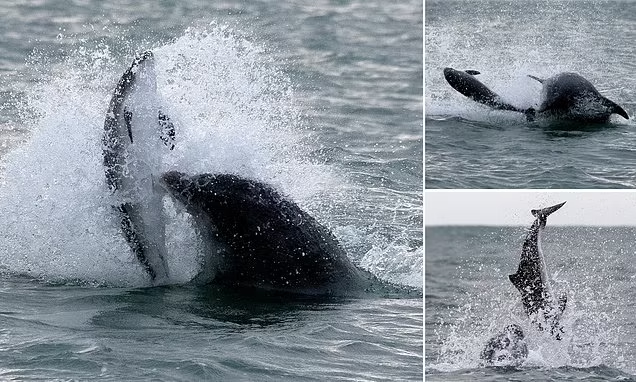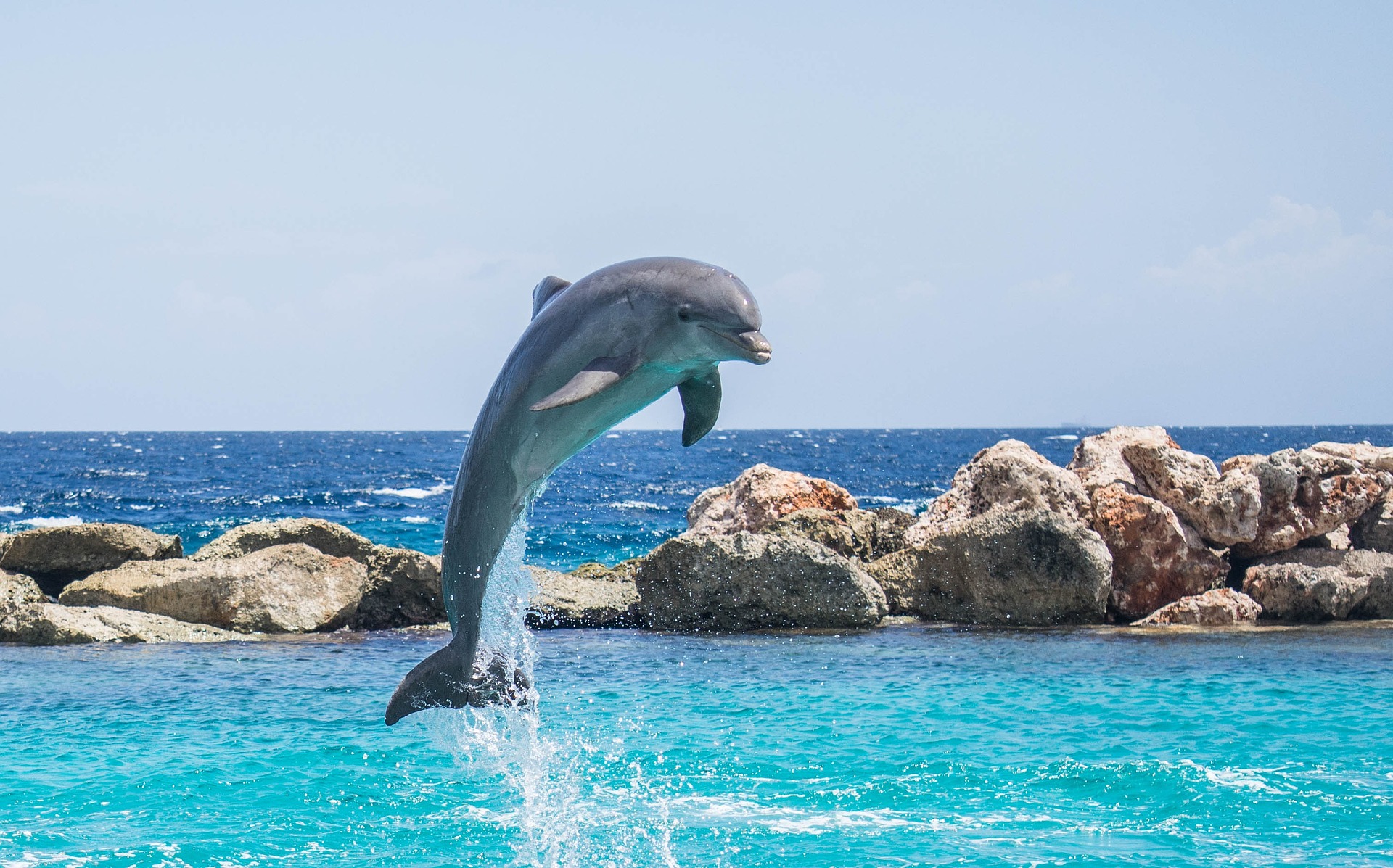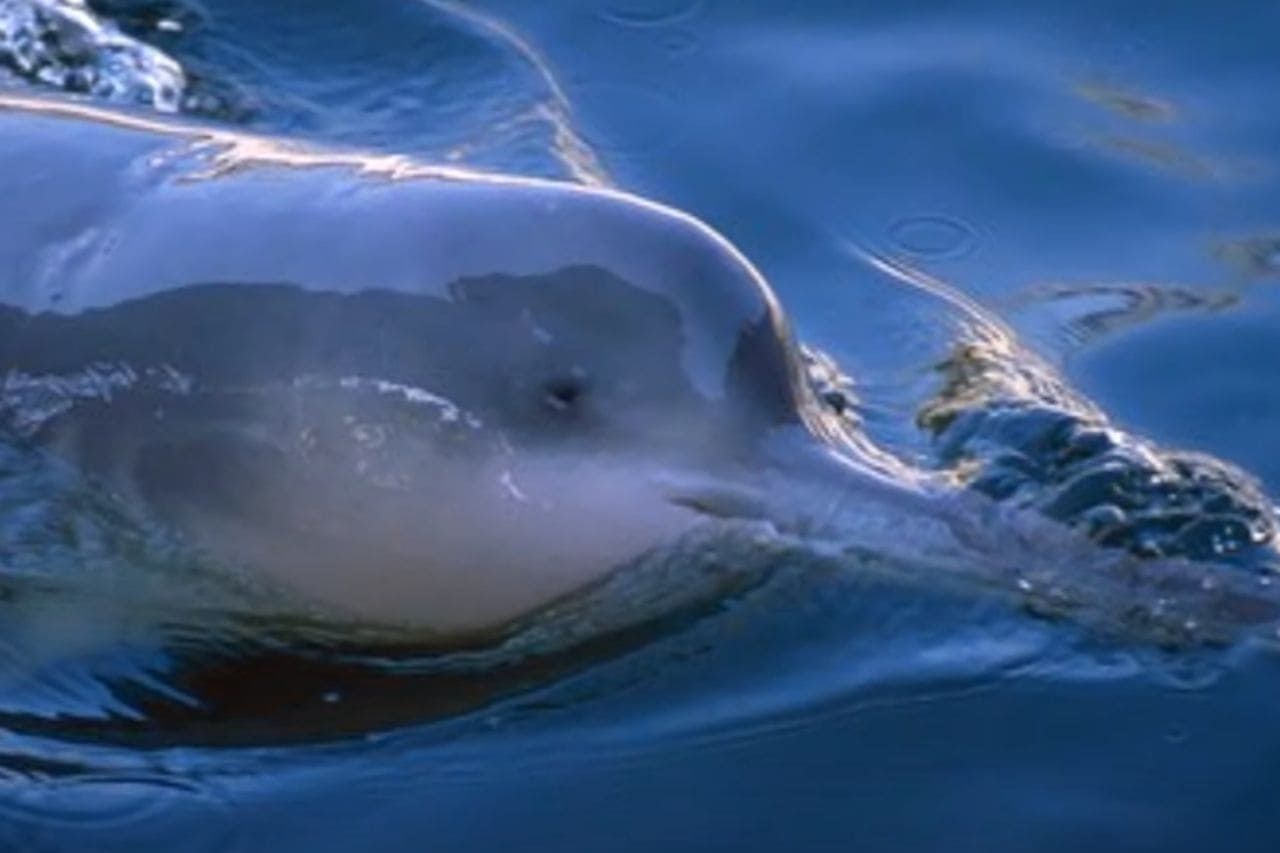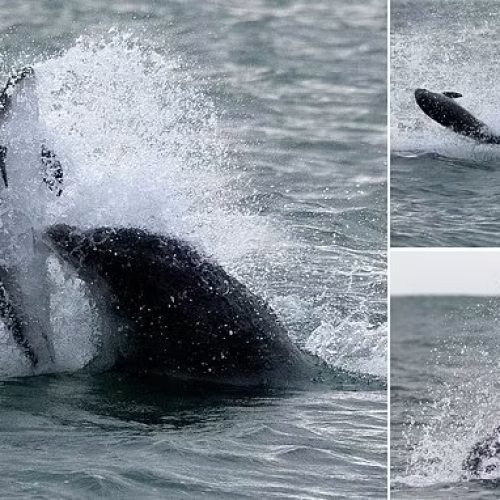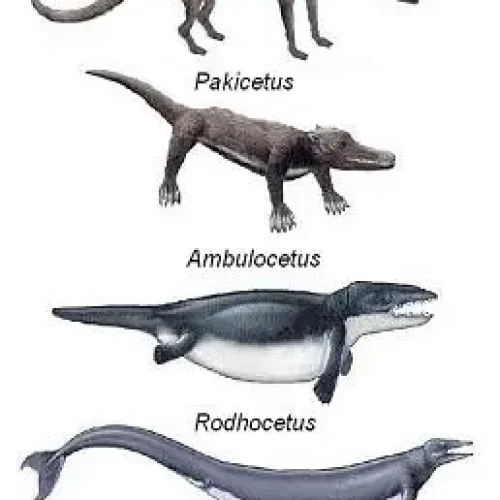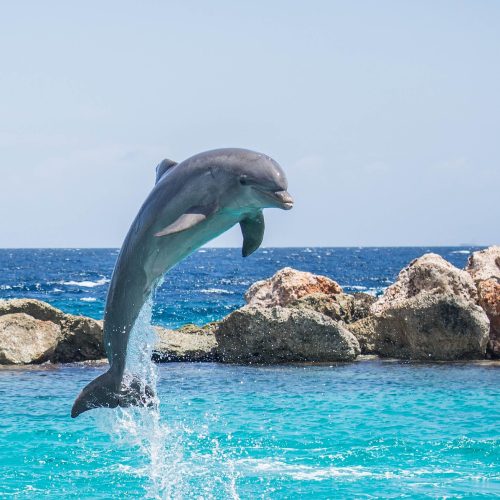In this article
THE TRAGIC TALE OF THE BAIJI WHITE DOLPHIN
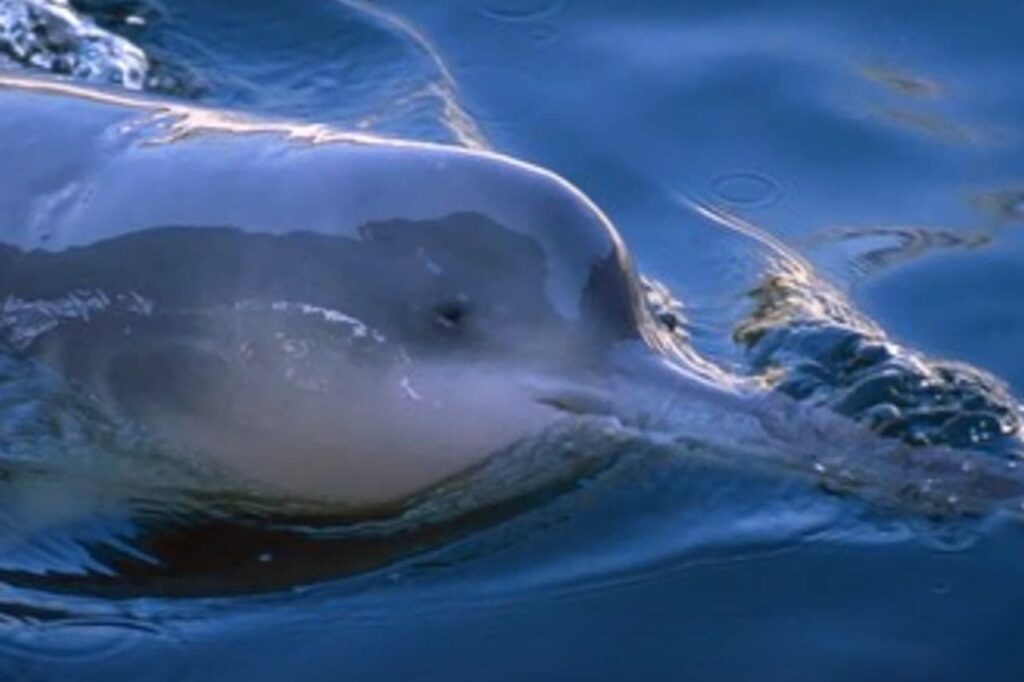
The Baiji white dolphin, once revered as the “Goddess of the Yangtze,” has vanished from the waters of China’s mightiest river.
This freshwater marvel, with its pale, smooth skin and long, narrow beak, captivated the hearts of the Chinese people for millennia.
Yet, in the blink of an eye, this ancient species disappeared, leaving behind a void in the ecosystem and cultural landscape of the Yangtze River.
Guardians of the river
For centuries, the Baiji held a special place in Chinese folklore and tradition.
These graceful creatures were believed to be the reincarnations of drowned princesses, gliding through the murky waters with an otherworldly elegance.
Fishermen regarded them as harbingers of good fortune, their presence a sign of bountiful catches to come.
Evolutionary marvels
The Baiji’s journey from land to river is a testament to nature’s ingenuity. Over millions of years, these mammals adapted to life in the Yangtze’s challenging environment:
• Echolocation: Highly developed sonar abilities allowed them to navigate and hunt in turbid waters.
• Reduced eyesight: Their eyes evolved to be smaller, relying more on sound than vision.
• Elongated snout: Perfect for probing riverbeds in search of fish and crustaceans.
These unique adaptations made the Baiji perfectly suited to its riverine habitat, but also left it vulnerable to the rapid changes that would come.
A river transformed
The Yangtze River, once a lifeline for both humans and dolphins, underwent a dramatic transformation in the 20th century.
Industrialisation and population growth along its banks brought unprecedented challenges:
• Overfishing: Intensive fishing practices depleted the Baiji’s food sources.
• Pollution: Industrial and agricultural runoff poisoned the waters.
• Dam construction: Massive projects like the Three Gorges Dam fragmented the dolphin’s habitat.
• Boat traffic: Increased river traffic led to fatal collisions and acoustic disturbance.
As the Yangtze changed, the Baiji struggled to adapt. Its population plummeted from thousands in the 1950s to mere dozens by the turn of the millennium.
The final countdown
Despite conservation efforts in the 1980s and 1990s, including the establishment of reserves and captive breeding programs, the Baiji’s decline proved unstoppable.
The last confirmed sighting of a live Baiji in the wild occurred in 2002, though unverified reports persisted for a few years after.
In 2006, an extensive six-week survey of the Yangtze River failed to find a single Baiji.
This grim discovery led to the species being declared “functionally extinct” – the first cetacean to disappear due to human activities.
The loss of the Baiji serves as a stark reminder of the fragility of our planet’s ecosystems. It highlights the urgent need for sustainable development practices that balance human needs with environmental conservation.
The Baiji’s extinction is not just a loss for China, but for global biodiversity.
FACTORS LEADING TO THE BAIJI’S DECLINE
The tragic tale of the baiji, or Yangtze River dolphin, serves as a stark reminder of human impact on aquatic ecosystems.
This unique freshwater cetacean, once revered in Chinese folklore, fell victim to a perfect storm of environmental pressures.
Let’s delve into the key factors that pushed this remarkable species to the brink of extinction.
1 – Industrialization and pollution of the Yangtze River
The Yangtze River, China’s longest waterway, underwent rapid industrialization in the latter half of the 20th century. This economic boom came at a steep ecological cost:
• Chemical runoff from factories contaminated the water, depleting oxygen levels
• Heavy metals accumulated in the river sediment, poisoning the baiji’s food sources
• Noise pollution from increased boat traffic disrupted the dolphin’s echolocation abilities
The baiji’s sensitive nature made it particularly vulnerable to these changes. Unlike some marine species, it couldn’t simply migrate to cleaner waters.
The Yangtze was its only home, and as the river’s health declined, so did the dolphin population.
2 – Overfishing and bycatch
The Yangtze River has long been a vital source of food for millions of people. However, unsustainable fishing practices took a heavy toll on the baiji:
• Electrofishing, though illegal, remained widespread and indiscriminate
• Rolling hook long lines, stretching for kilometers, posed a constant entanglement threat
• Gillnets, nearly invisible underwater, trapped and drowned countless dolphins
Compounding the problem, the baiji’s prey fish were also being overharvested. This reduction in food sources further stressed the already struggling population.
By the 1990s, accidental drowning in fishing gear had become a leading cause of baiji mortality.
3 – Habitat loss due to dam construction
The 20th century saw a boom in dam construction along the Yangtze, with profound consequences for the river’s ecosystem:
• The Three Gorges Dam, completed in 2006, flooded vast stretches of baiji habitat
• Smaller dams fragmented the river, isolating dolphin populations
• Altered water flow patterns disrupted the baiji’s breeding and feeding grounds
These massive infrastructure projects not only directly impacted the baiji but also caused cascading effects throughout the food web.
Migratory fish patterns changed, further reducing the dolphin’s prey availability.
The cumulative impact of these factors proved insurmountable for the baiji. Despite last-ditch conservation efforts in the 1980s and 1990s, including the establishment of semi-natural reserves, the species continued its decline.
The last confirmed sighting of a live baiji in the wild occurred in 2002.
In 2006, an intensive six-week survey of the Yangtze failed to find any evidence of surviving baiji.
This led to the species being declared “functionally extinct” – a term that acknowledges the possibility of a few individuals remaining but with no realistic chance of recovery.
THE FINAL CHAPTER: EXTINCTION AND ITS AFTERMATH
The Baiji’s extinction serves as a stark reminder of our impact on the natural world and the urgent need for effective conservation strategies.
The twilight years of the Baiji population were marked by increasingly rare sightings:
• 1997: A survey estimated only 13 individuals remained in the wild.
• 2002: The last confirmed sighting of a live Baiji in its natural habitat.
• 2004: A possible Baiji was videotaped, but the footage remained inconclusive.
• 2007: After an extensive six-week expedition found no trace of the species, scientists declared the Baiji “functionally extinct”.
These final encounters underscored the rapid decline of a once-thriving species, leaving researchers and conservationists racing against time to prevent the inevitable.
Too little, too late
Despite growing awareness of the Baiji’s plight in the 1980s and 1990s, conservation efforts ultimately fell short. Several factors contributed to this failure:
• Delayed action: Serious conservation initiatives began only when the population was already critically low.
• Habitat fragmentation: Dam construction made it difficult to establish effective protected areas.
• Lack of resources: Limited funding and technology hindered research and breeding programs.
• Competing priorities: Economic development often took precedence over environmental concerns.
One ambitious plan involved creating a semi-natural reserve in Shishou, Hubei province. However, the capture of Baiji for this reserve proved challenging, and the project never fully materialised.
Ripples of extinction
The loss of the Baiji extends far beyond the absence of a single species:
• Ecosystem imbalance: As apex predators, Baiji played a crucial role in maintaining the health of the Yangtze River ecosystem.
• Cultural impact: The extinction erased a significant piece of Chinese natural heritage and folklore.
• Scientific loss: The opportunity to study this unique freshwater dolphin species vanished forever.
The Baiji’s disappearance also raised alarm bells for other endangered species, particularly its close relative, the Yangtze finless porpoise.

